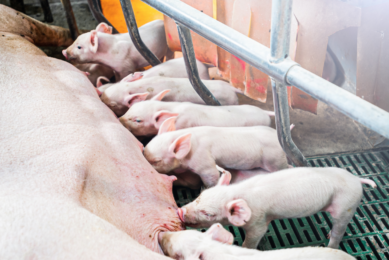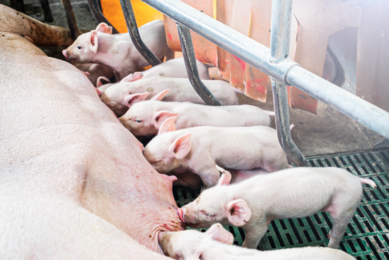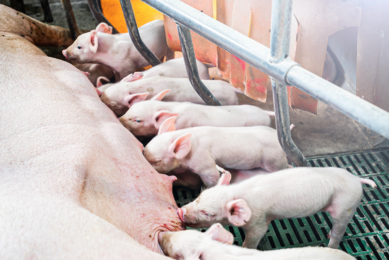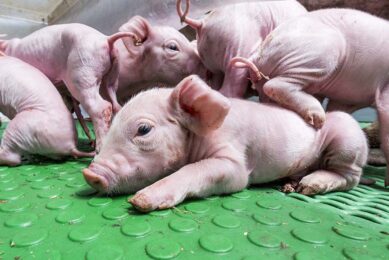Polish pig industry closes off challenging 2022
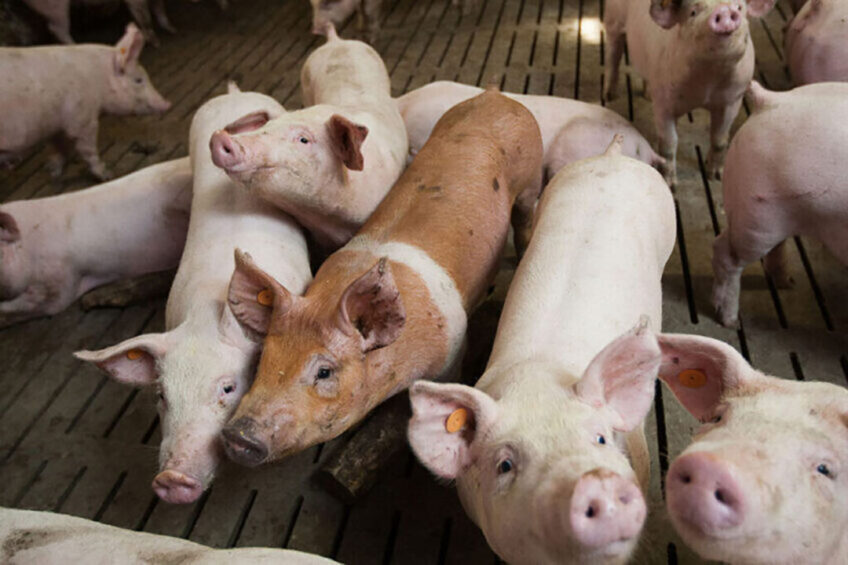
2022 was a challenging year for the Polish pig industry. Soaring energy and feed prices and the continuing African Swine Fever (ASF) epidemic were the most important causes, the National Association of Employers of Pig Industry Polpig outlined in a recently published report.
Despite record wholesale prices in the Polish pig market, the profitability of the Polish pig industry left much to be desired. As a result, the Polish herd shrunk to 9.6 million pigs, and the number of sows remained at the record low level of 600,000. Over the past 3 years, the number of pig farms in Poland has halved, Polpig estimated.
ASF remains the key challenge for the Polish pig industry
ASF remains the main factor hindering the Polish pig industry development. The country lacks access to several key Asian pork markets. In addition, pig farms located in the territories affected by the virus in the previous weeks, known as red zones, sell pigs at PLN 0.4 ($ 0.09) less than those operating in the ASF-free regions, the organisation said.
In previous years, Polish farmers from the red zone could count for compensation for price differences from the national budget, but that was abandoned in January 2022.
No improvements in the near future
Poland will probably battle with ASF for the next 20 to 30 years, so pig farmers in the country have to learn to live with it, said Bogusław Prałat, president of the Polish Association of Independent Pig Producers.
We deserve compensation because we battle ASF ex officio. Otherwise, we will have to deal with an even greater scale of pig farm liquidation
Bogusław Prałat, president of the Polish Association of Independent Pig Producers
Prałat agreed that the prices farmers have to sell their product at in the red zones normally are not acceptable for the business. In his opinion, the government should sort out the issue to protect these farms from closures. “We deserve compensation because we battle ASF ex officio. Otherwise, we will have to deal with an even greater scale of pig farm liquidation,” he added.
No long-term vision
Polpig also voices concerns about the lack of a comprehensible industry development strategy.
Polish CAP Strategic Plan for 2023-2027 is designed to support the sustainable development of farms and the processing sector but set no goals related to pig farm reconstruction, improving industry’s self-sufficiency, climate protection and battle against ASF, Polpig said.
State aid is in the spotlight
The Polish Agricultural Ministry sees supporting pig farmers as one of the key tasks for 2023, Henryk Kowalczyk, the Minister, said recently during a press conference. One of the measures currently under consideration involves reimbursement of the fuel costs to pig farms.
In addition, the government considers allowing backyard farming in the country under simplified veterinary rules, which means that farmers would not be permitted to sell, transport pigs, or simultaneously grow more than eight heads per household.



